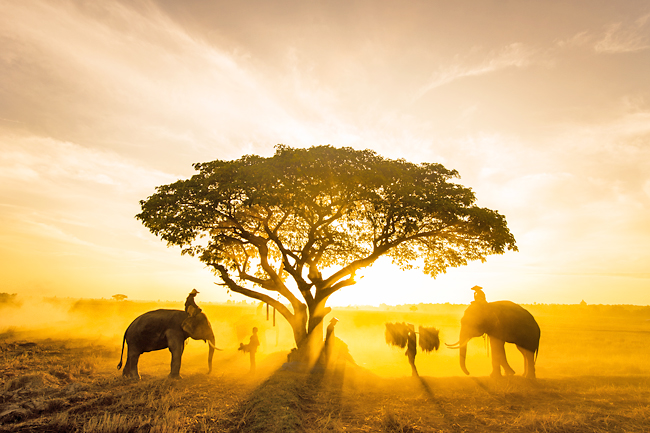
World Wildlife Day serves as rallying cry for conservation efforts
Today, the significance of wildlife conservation resonates more strongly than ever before.
Wildlife, spanning a vast spectrum of species from the tiniest insects to the grandest mammals, serves as a cornerstone in upholding ecological equilibrium and nurturing the vitality of our planet.
From pollinating crops to regulating ecosystems and providing essential resources, wildlife contributes to the very fabric of life on Earth.
However, human activities such as habitat destruction, poaching, pollution, and climate change pose significant threats to wildlife populations worldwide.
As we witness the alarming decline of species and the degradation of habitats, the urgency of wildlife preservation becomes increasingly evident.
GLOBAL AWARENESS PLATFORM
According to ASEAN Centre for Biodiversity (ACB) Executive Director Dr Theresa Mundita S Lim, the World Wildlife Day is celebrated annually on March 3 to serve as a global platform to raise awareness and celebrate the rich diversity of our planet’s flora and fauna.
Established by the United Nations (UN) in 2013, this day highlights the importance of preserving and protecting wildlife and their habitats.
With each passing year, the significance of World Wildlife Day grows, serving as a rallying cry for conservation efforts worldwide.
This day calls upon individuals, organisations and governments to take action against the threats facing wildlife species and to promote sustainable practices for the well-being of both animals and humans.
This year’s theme focuses on ‘Connecting People and Planet: Exploring Digital Innovation in Wildlife Conservation’.
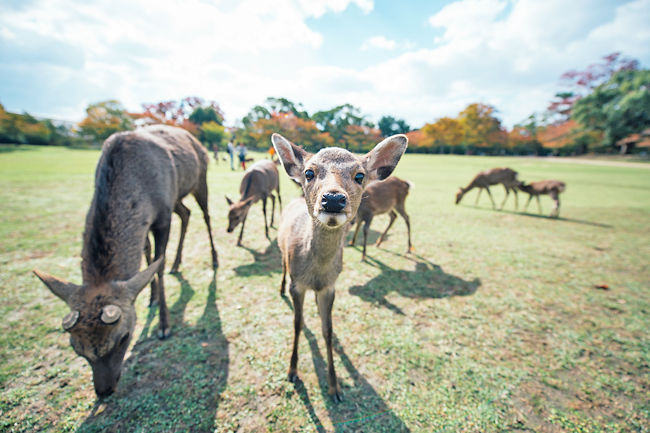
DIGITAL REVOLUTION
The ACB Executive Director shared that digital technology has played a crucial role in driving economic growth throughout the ASEAN region, revolutionising strategies aimed at safeguarding the diverse wildlife found in Southeast Asia.
Through its array of flagship programmes and initiatives, the ACB has facilitated the assessment and monitoring of wild flora and fauna, along with their habitats, using various technological innovations.
“Across the ASEAN member states (AMS), young biodiversity champions help to effectively conserve and safeguard our fragile wildlife and their habitats by combining their innate creativity and technological know-how.
“They document wildlife using cameras, camera lenses, and drones, while park managers assist them in taking photos using camera traps,” ACB Executive Director said.
Through the ACB’s Small Grants Programme, significant strides have been made in developing technologies and management tools to bolster wildlife monitoring within select ASEAN Heritage Parks in Indonesia.
Additionally, in Myanmar, a mobile-accessible platform has been established, enabling individuals to contribute to wildlife monitoring, patrolling, and law enforcement efforts through their phones or gadgets.
Furthermore, the ACB has initiated training programmes on DNA barcoding, offering comprehensive insights into species crucial for conservation planning and research purposes.
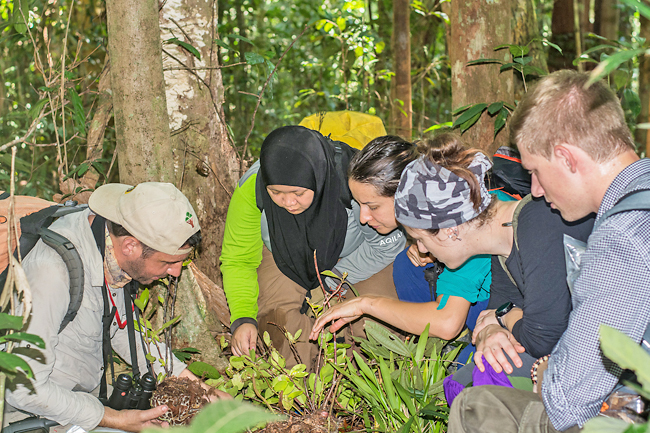
As these modern technologies yield a wealth of biodiversity data, efforts should be made to ensure their seamless accessibility to the public. To this end, the ACB’s main digital platforms – ASEAN Clearing-House Mechanism and the ASEAN Biodiversity Dashboard, are online tools and databases, which guide the AMS in their national and local conservation planning, monitoring, and decision-making.
These online platforms contain biodiversity data that are easily accessible to researchers, scientists, students, likeminded organisations, and other online users.
The ACB likewise utilises digital campaigns for a region-wide public awareness on biodiversity. The #WeAreASEANBiodiversity.
“Our home, our lives, our stories featured in our website, is a strategic communication campaign to promote an inclusive, whole-of-community approach to biodiversity actions, and encourage a wide range of contributions from individual actions to regional cooperation,” said the ACB Executive Director.
Prominent personalities in the ASEAN have volunteered to share their voices in this campaign to amplify the call for an integrated and whole-of-community approach including the use of digital media in biodiversity protection among wider local, regional, and national audiences.
“Our growing number of publications such as the ASEAN Biodiversity Outlook, project briefs, or technical reports both online and in print, now contain QR codes so that our target audience – specifically visitors navigating our website, may easily access and download them wherever they are in the world.”
NEW DISCOVERIES, EXCITING DEVELOPMENTS
Despite centuries of taxonomic research, science has only documented less than two million species of animals, plants, and microbes – leaving over 30 million species yet to be uncovered.
In the ASEAN region alone, nearly 700 species have been discovered from 2000 to early 2024. Among these discoveries are 28 herpetofauna species (comprising snakes, lizards and frogs) and 348 insect species (including 16 butterflies, 322 beetles and 10 ants), among others.
From 2023 up to early this year, new discoveries continue to increase – fuelling ACB’s passion to innovate and optimise the use of technology for wildlife identification, monitoring and protection.
In the Philippines for example, three new plant and animal species were discovered in Mindanao.
A new species of begonia (begonia fritschiana) was found to be growing abundantly on rocky hillsides in the province of Bukidnon.
There was also a new orchid species (pinalia campanulata), which was discovered in Mount Busa Key Biodiversity Area (KBA) in South Cotabato.
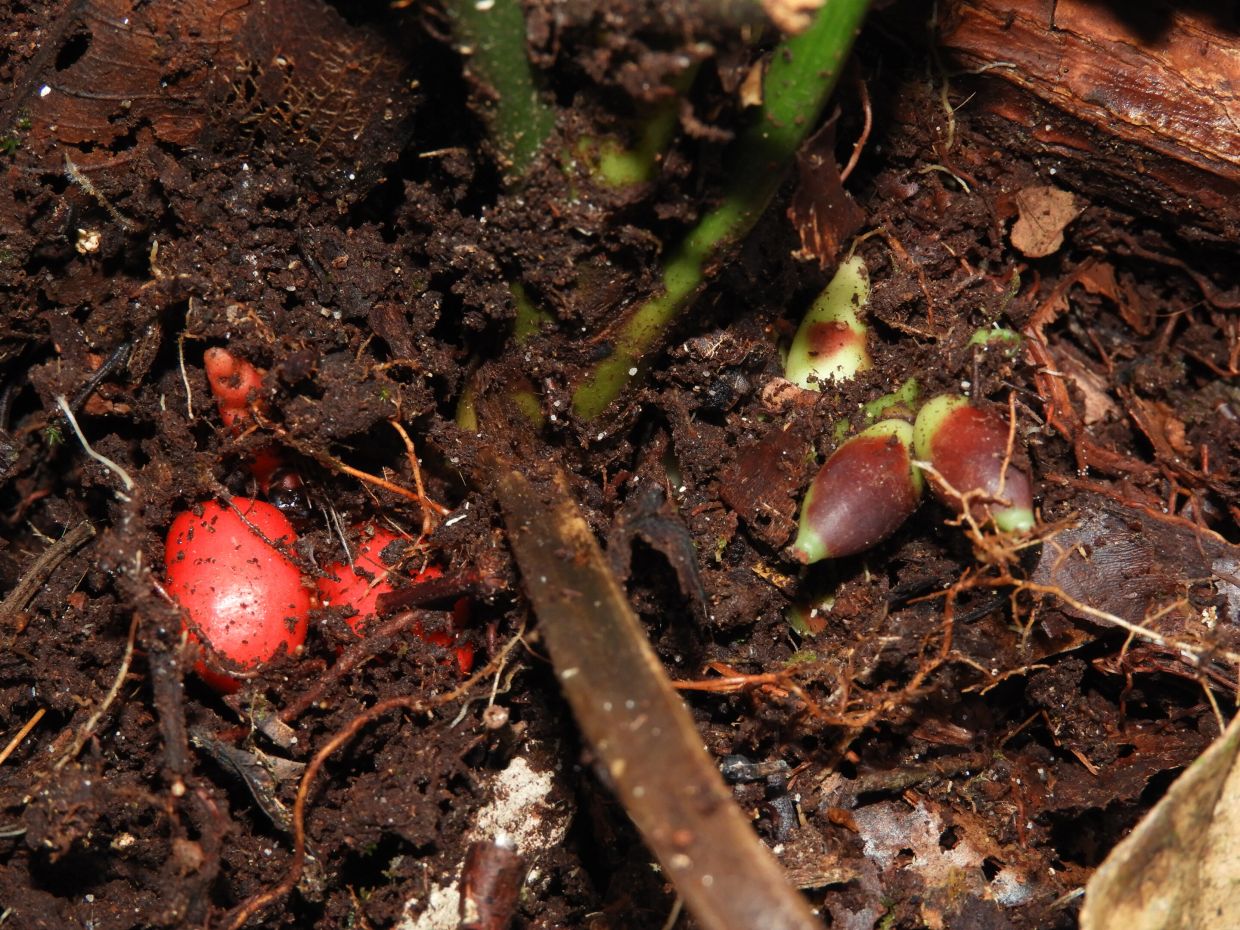
In Davao Oriental, the first helmet orchid species, corybas hamiguitanensis was discovered at Mount Hamiguitan Range Wildlife Sanctuary, an ASEAN Heritage Park and a UNESCO World Heritage Site.
Moreover, the newest species of turtle in the world was found in Davao City. Gymnures (podogymnura intermedia and p minima), known as hairy hedgehogs or moonrats, were discovered during a field survey in the northern Mindanao, Philippines, a new record for the area.
New species were also discovered across ASEAN. The hipposideros kingstonae belonging to species known as roundleaf bats, was discovered in peninsular Thailand and Malaysia, while other specimens have been identified in collections from Borneo.
NEW DISCOVERIES ABOUND IN SOUTHEAST ASIA
Vietnam revealed a new crocodile species, tylototriton ngoclinhensis. Borneo unveiled pinanga subterra-nea, a petite palm species thriving on forest floors. In Thai mangroves, chilobrachys natanicharum, a vibrant blue tarantula, emerged. Other findings include microparmarion sallehi, a “semi-slug” in Borneo’s lowland rainforests, and hypsiscopus indonesiensis, a flat-tailed water snake in Indonesia.
Lastly, Myanmar introduced trimeresurus ayeyarwadyensis, the Ayeyarwady pit viper, discovered using modern genomic techniques.
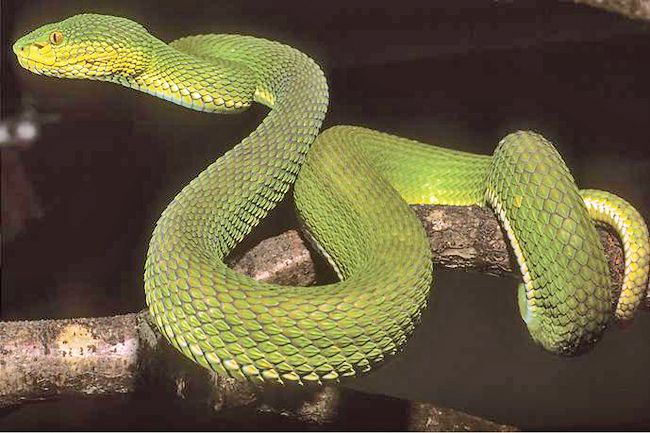
In closing, Dr Theresa said that ongoing species discovery enhances our understanding of nature, offering genetic material for medical breakthroughs and bolstering food security, poverty alleviation and climate resilience. Digital innovation is pivotal in safeguarding Earth’s biodiversity, promising transformative advancements. – Izah Azahari






